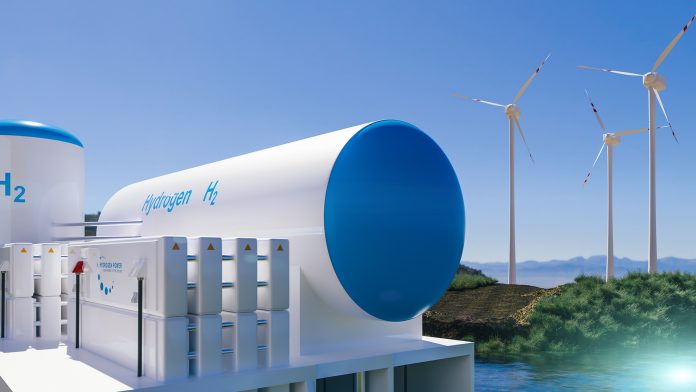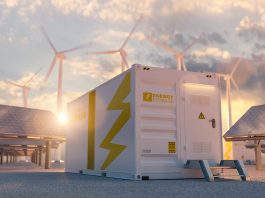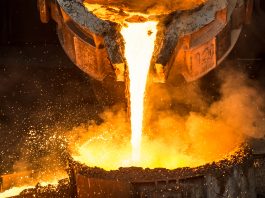Researchers have found a way to improve hydrogen production with nanoneedles formed on electrocatalysts.
Low-cost and efficient hydrogen production is crucial to facilitate the transition to clean energy.
The current method to produce green hydrogen is via electrochemical water splitting. This process splits water into its hydrogen and oxygen elements using an electrocatalyst.
However, electrocatalysts have been based on expensive elements like platinum. This makes it difficult to apply this technology on a widespread, commercial scale.
Now, researchers have demonstrated that adding molybdenum to a nickel-cobalt phosphide catalyst and synthesising it with a gradient hydrothermal process creates a unique microstructure. This microstructure improved the performance of the catalyst, resulting in a process that is more applicable to large-scale hydrogen production.
The paper, ‘Highly efficient and stable electrocatalyst for hydrogen evolution by molybdenum doped Ni-Co phosphide nanoneedles at high current density,’ is published in Nano Research.
What is the advantage of using nanoneedles for hydrogen production?
“The innovative combination of gradient hydrothermal and phosphidation processes forms a microsphere structure,” said Yufeng Zhao, a professor at the College of Sciences & Institute for Sustainable Energy at Shanghai University in Shanghai, China.
“These nanoparticles with a diameter of approximately five to ten nanometres form nanoneedles, which subsequently self-assemble into a spherical structure. The nanoneedles offer abundant active sites for efficient electron transfer and the presence of small-sized particles and micro-scale roughness enhances the release of hydrogen bubbles.”
How was the microstructure created?
The researchers created the microstructure by using element doping. This technique is the intentional addition of impurities to a catalyst to improve its activity.
In the study, molybdenum (Mo) was added to the bimetallic nickel-cobalt (Ni-Co) phosphide (P). Already, the way the cobalt and nickel ions interact gives Ni-Co phosphides an exceptional electrocatalytic performance.
Once the molybdenum was added and a gradient hydrothermal process was used, the Mo-doped Ni-CoP was deposited onto a nickel foam.
The unique microstructure of nanoneedles was then formed on the phosphide.
“Trace molybdenum doping optimises the electronic structure and increases the number of electroactive sites,” said Zhao.
The catalyst was tested for reliability, stability, and performance
The team tested the Mo-doped Ni-CoP catalyst for reliability, stability, and performance. They found that the density remained nearly constant after 100 hours and its structure was well-maintained.
This was due to the unique structure of the nanoneedles, which prevents the catalyst from collapsing as hydrogen accumulates. Their calculations also showed that the catalyst was exceptionally efficient in facilitating hydrogen production.
Future uses of the work
Looking to the future, the team hopes to test the performance of the reaction in different solutions.
Future studies will also look to alternatives to nickel foam, such as titanium mesh, that can operate across the pH range.
“In future work, we recommend exploring the application of the catalyst in the oxidation-assisted hydrogen production of small molecules, such as urea. This approach would reduce the overpotential of water electrolysis and mitigate environmental pollution caused by urea wastewater,” said Zhao.









